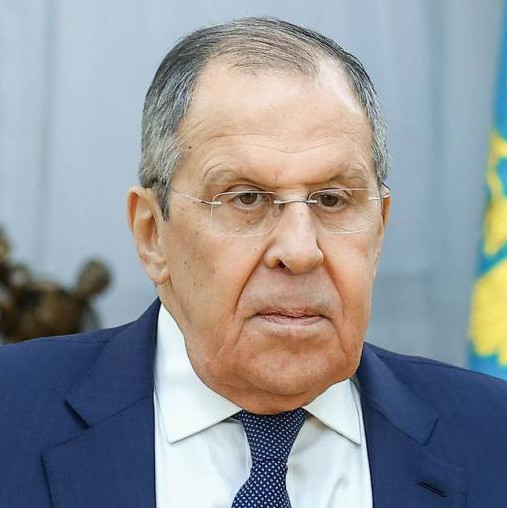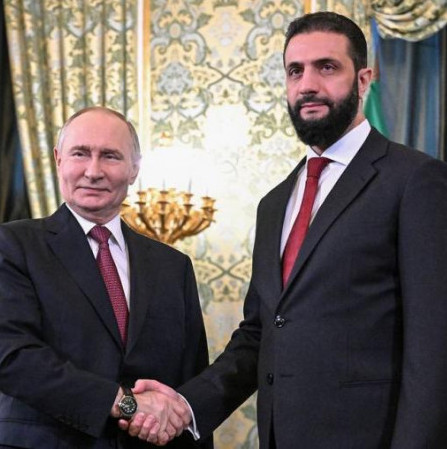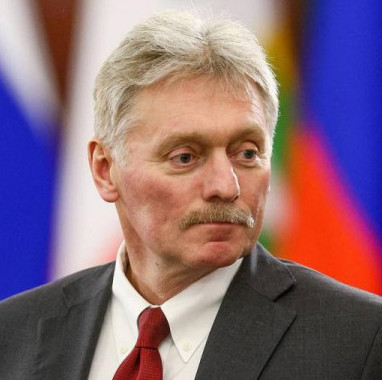
Today, in South Ossetia, from early in the night the mourning ceremonies have been held. The residents of the republic are remembering the dead during the Georgian aggression four years ago. Then, on the night of August 8, 2008 the South Ossetian capital underwent a massive artillery bombardment by the Georgian side, unprecedented in its cruelty. Hundreds of civilians were killed; in the first hours of the conflict it was the Russian peacekeepers that fell on the field of battle, placing a barrier to the president Saakashvili's militaristic machine.
Many small flames erupted in the capital of South Ossetia, in the fourth anniversary of the undeclared war. People light candles paying a tribute of respect and remembrance for those who did not spare their lives to defend the Ossetian land.
In the very heart of Tskhinvali an exhibition "War in the eyes of the art" opened. It represents paintings damaged by bullets and shells during the clashes on the first day of war.
South Ossetian residents are laying wreaths and flowers on the monument to the Hero of Russia Denis Vetchinov, who died in Tskhinvali in August 2008, as well as on other memorable places in South Ossetia.
A religious procession was held from the central square to the Cathedral of the Nativity of the Blessed Virgin Mary, and on the square before the temple there was a memorial meeting attended by South Ossetian President Leonid Tibilov and representatives of the Government and Parliament of the Republic.
"We will always remember the great Russia, our friends who live in different parts of the world. And today, many representatives have come to us. Feeling deeply these hard moments. I want to say thanks for the help you have given us in the difficult days of 2008," said the President of the Republic.
After the meeting there was a concert of symphonic music, after which the residents and guests of the Republic went to the exit to the Zar road - the so-called "lifeline", the only one on which it was possible to leave Tskhinvali. It was here that in August 2008 Georgian tanks crushed the city residents' cars trying to leave. In the future a Museum of Genocide is planned to be built on the spot.
Ossetian people's volunteers, peacekeepers and Russian soldiers rose shoulder to shoulder to the defence of South Ossetia. In order that their exploit is not in vain and the tragedy is not repeated, today peace in the region is protected by the fourth Russian military base. The military contingent that appeared here at the request of Tskhinvali residents themselves is a guarantee of the South Ossetian borders inviolability.
Russian Deputy Foreign Minister Grigory Karasin, in a recent interview, expressed confidence in the fact that up before 2008, when in consequence of the official recognition by the Russian Federation, and then by some other states, the republic gained its international legal personality. The people of South Ossetia, many times, particularly by referendum, declared for their own independence. Today, there are present all necessary attributes of statehood, including the functioning of legislative, executive and judicial departments. The South Ossetian government controls its territory, develops national economy, and is concerned about culture and education.
After Georgian President Mikhail Saakashvili had the unprecedented impudence and in an effort to conform to the "highest democratic standards" trampling all the achieved international agreements, attacked the Russian peacekeepers, one will hardly doubt this man is capable of the most dishonest acts.
Russia's investigating committee, engaged in criminal investigation of the events in South Ossetia in August 2008, concluded that the firing of the Russian peacekeepers positions from heavy offensive weapons was conducted from Georgian settlements and was not provoked by or due to anything.
Along with that, the investigation was able to establish that the Georgian side purposefully discredited the Russian army. "The corpses of the dead Georgian soldiers were disguised in civilian clothes in order to specially edit photo and video footage of alleged substantial civilian casualties in the Georgian villages," the RF IC reported. There are also witnesses' testimonies that prior to the entry of the Russian troops in Gori and other communities situated on the border with Georgia, Ukrainian mercenaries were disguised in the uniform of the Russian army and with their participation edited photo and video footage of the alleged acts of violence and marauding of Russian soldiers against the civilian population in the Georgian villages."
Recall that the conflict between Georgia and South Ossetia broke out on the night of 7 to 8 August 2008, when Georgia tried to regain control over the republic. The Georgian army used the Grad multiple rocket launcher systems and cluster bombs considered weapons of mass destruction against the civilian population.
As a result of military actions, the Russian peacekeepers and a large number of civilians were killed. Russia when defending South Ossetians, a considerable part of whom had Russian citizenship, brought troops into the republic and after five days of fighting dislodged the Georgian militaries from the region.


